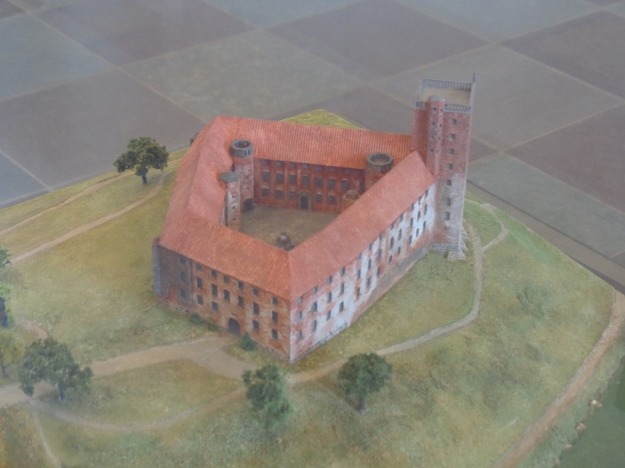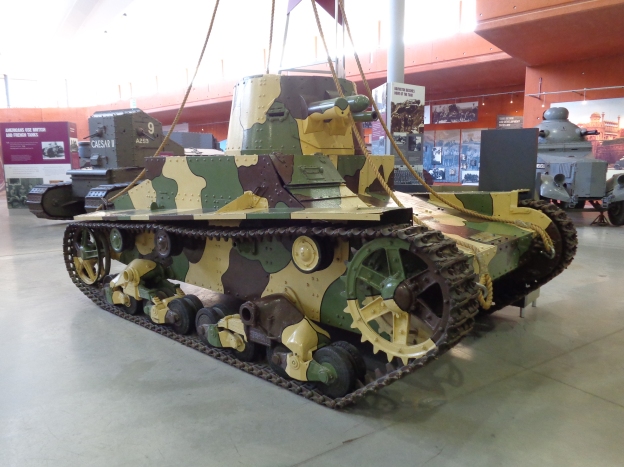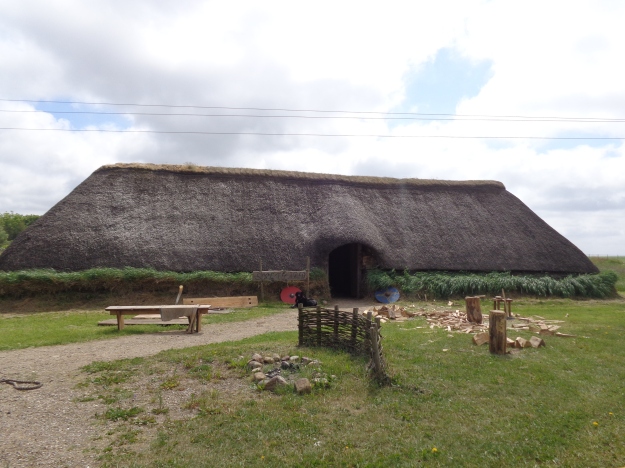I always have had great admiration for the Finnish fighting spirit during World War II, it has very much been a David versus Goliath fight between Finland and The Soviet Union. A much smaller force with obsolete weaponry fighting against the might of the Red Army in the face of impossible odds and managing to keep their independence although at a high cost. In terms of machines of war was this disparity very clearly highlighted so this post covers Finnish armour in World War II.
Finland’s War
Finland in WWII can best be described as having three phases: The Winter War (1939-1940), where the Soviet Union invaded Finland to impose their will and redraw the map, while the Finns fought with determination the Soviets did manage to secure peace a peace terriorial claims on Finland and displacing some 400,000 people but ultimately failed in conquering the whole country. The second phase which the Finns call the Continuation War (1941-1944) followed in the wake of the German invasion of Russia. With the Russians occupied by the Germans Finland made a bit to regain the terriroty lost however as the war turned against the Germans so did it for the Finns and the Soviets launched a massive assault in August 1944 aimed at knocking Finland out of the war. While the Finns were forced back and ultimately had to negotiate peace the independence was secured through an almost superhuman effort by the Finnish people. The last phase of the war is the Lapland War. As part of terms of the peace treaty Finland was forced to expel German forces that had attacked the Soviet Union through Finland from Norway. This was a task Finnish forces were very relunctant to do as that meant fighting against former brothers in arms.
Finnish Armour
Like so many smaller European nations Finland did not have a military budget that allowed for a well equipped armoured force. During the Winter War a single armoured battalion was fielded on paper with two companies of the WWI vintage Renault FT-17 and two companies of Vickers 6-ton tanks however only a single Vickers company ever saw any action. During the Winter War the Finns captured a number of Soviet tanks including 34 T-26s, 30 T-37, and 2 heavy T-28s with their multi-turret design in addition to a number of armoured cars and BT fast tanks. In between the wars the Finns also added Landsverk II AA tanks bought from Sweden and converted a number of BT tanks to assault guns by adding a British QD 18 pounder gun to a casemate built on top on the hull, naming it the BT-42 variant. The Continuation War saw captures of more modern Soviet tanks such as the T-34/76 and TW-34/85 variants, KV-1 tanks as well as German supplied Panzer IVs and Stug IIIs. As I hope to cover Soviet and German armour in future posts I will cover only the Finnish conscious choices.
Vickers 6-tons Tank
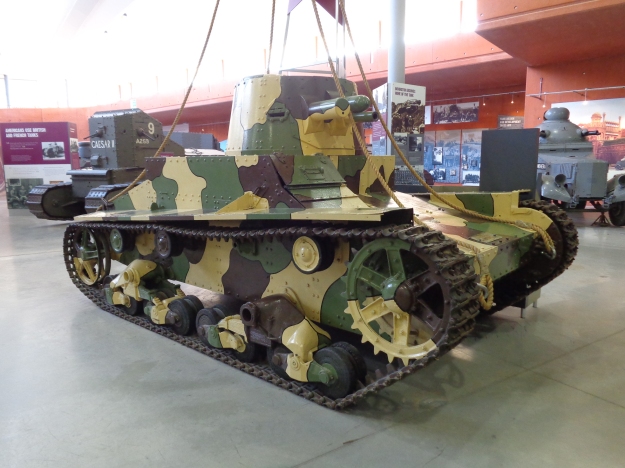
Vickers 6-ton tank or mark E was acquired for testing in 1933. Following testing Finland ordered 32 Vickers tanks in 1936 however without weapons or radios as these would be provided cheaper by Finnish companies. Delays in the production line meant however that only a single tank company was equipped with 13 combat ready tanks at the outbreak of the war.
This was a tank designed by the Vickers company but rejected by the British army so export or production licensing became the main thing. Multiply countries bought the Mark E including USSR, Poland, Japan and Finland. Each country used it to study design and used it to build their new versions or inspired designs. USSR used it, standardizing it as the T-26 in various versions but generally armed with a 45 mm gun. Poland acquired a production license and produced their own version known as the 7TP and sported a 37 mm version of the Bofors anti-tank gun. Japan bought an example of the Vickers and it is claimed that it served as inspiration for the Type-95 Ha-Go tank. It is said that after the Spanish Civil War the Italians having captured Soviet versions sent to bolster the Republican Army designed their own medium tank based on the T-26. The Finnish version being armed with a lighter 37 mm Bofors gun was later upgraded with Russian 45 mm guns taken from captured T-26s effectively converting the Vickers into a hybrid known as the T-26E (E for English) not to be confused with the Soviet T-26E (with E for armour screened).
Renault FT-17
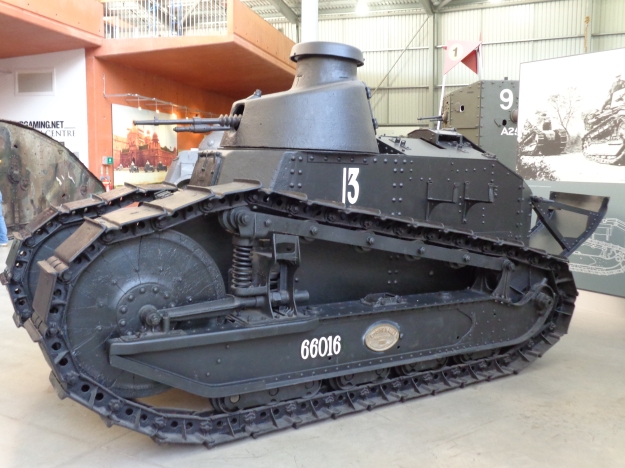
The FT-17 was leftover from WWI and did not see any action although some may according to some sources have been dug-in in as immobile bunkers on the Mannerheim line for the Winter War.
Landsverk II AA tank

6 Landsverk II AA tanks were acquired by Finland during the war. These were built by Swedish Landsverk and delivered in the beginning of the Conituation War. During 1944 They accounted for 11 confirmed kills. The tank is an interesting hybrid as it was using components of Hungarian Toldi tanks and Swedish design and gun to be built specifically for Finland. In the original design the Hungarians wanted a dual purpose anti-tank and tank destroyer vehicle and this it was lightly armoured with an open fighting compartment to take advantage of the 40mm Bofors gun. While in 1938 when first delivered it could have been a viable tank destroyer by the time it arrived in Finland it could only be used in its anti-aircraft function.
The Hungarian version is often known as 40M or Nimrod and has a redesigned turret but is basically the same vehicle.
